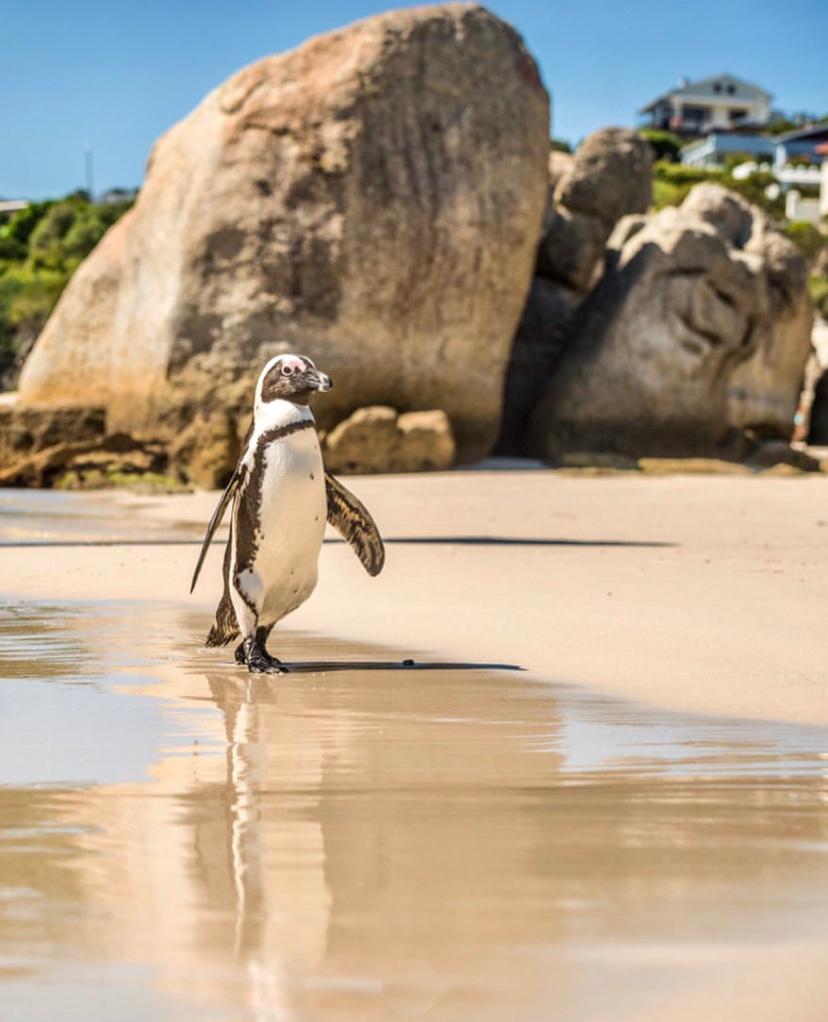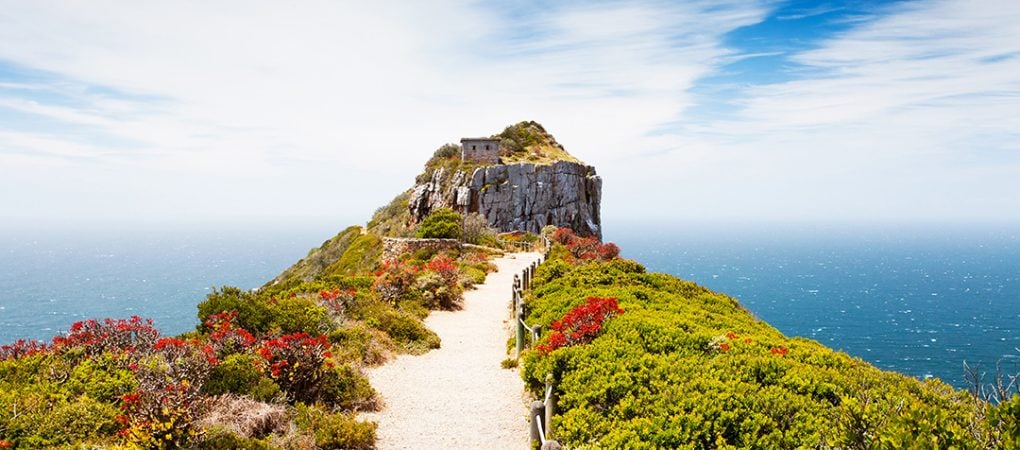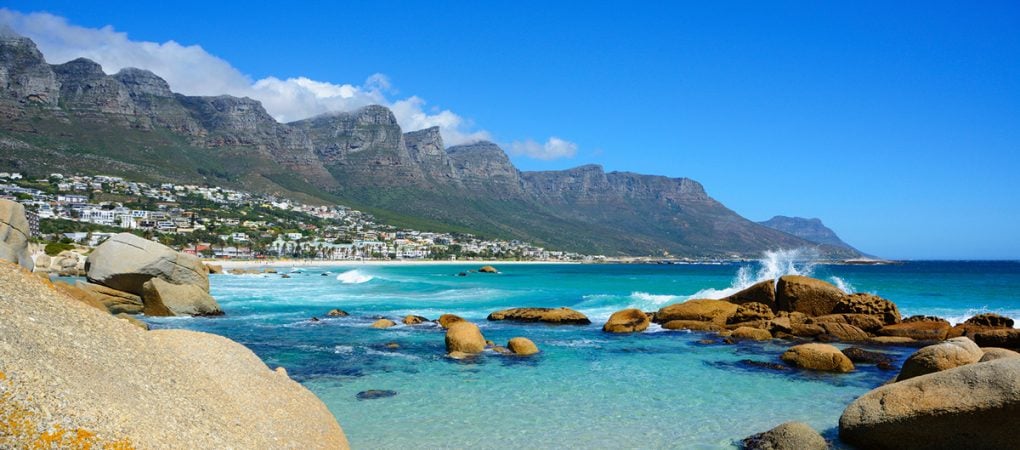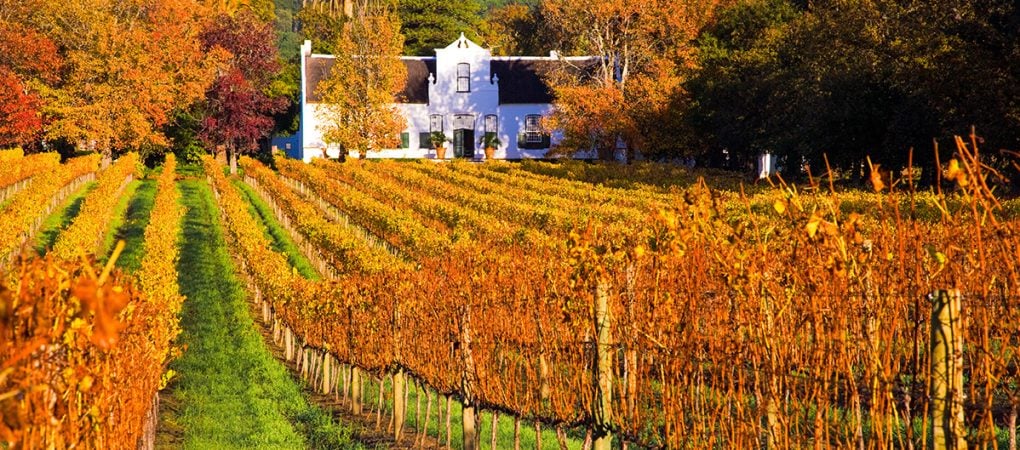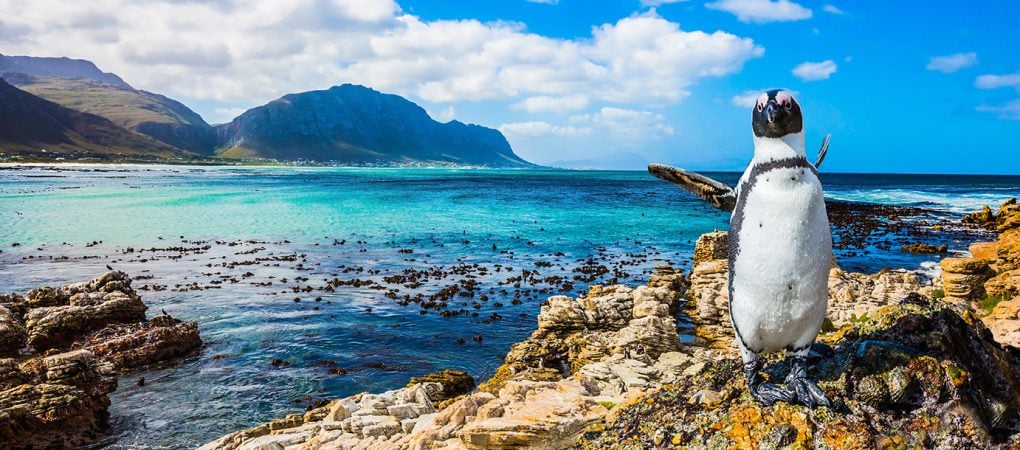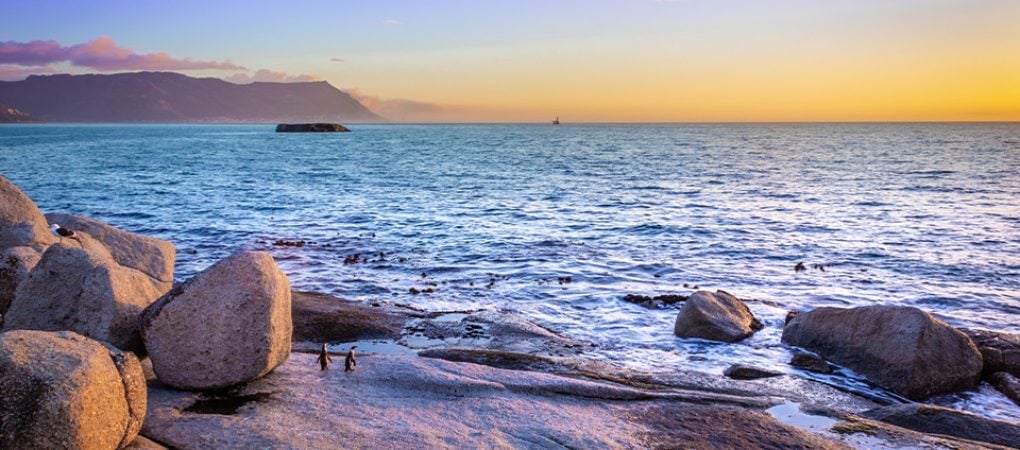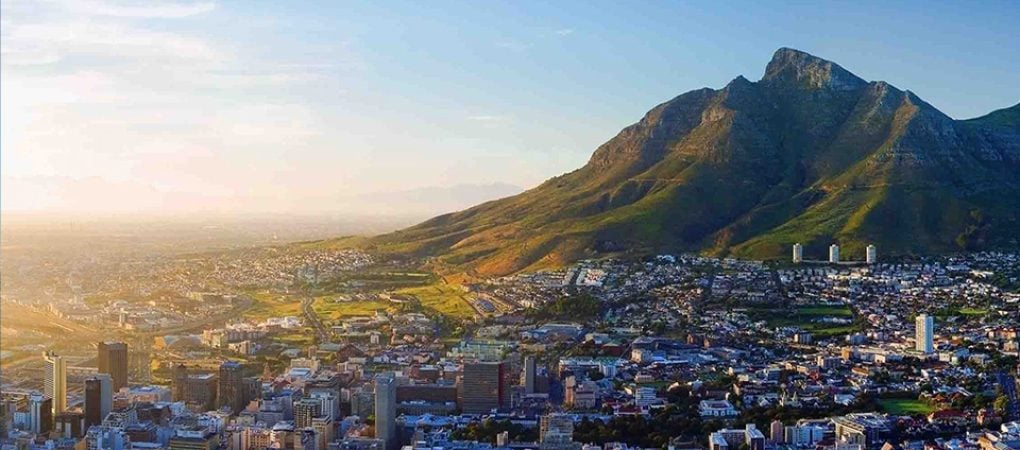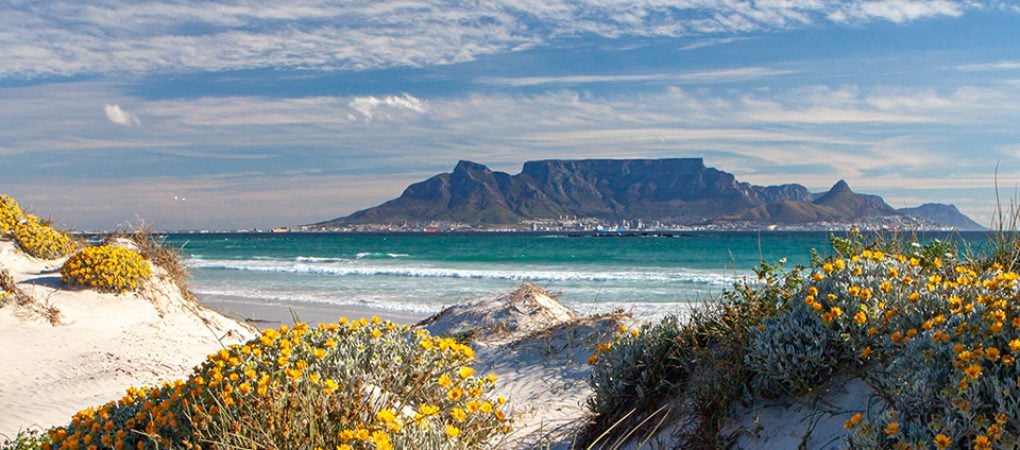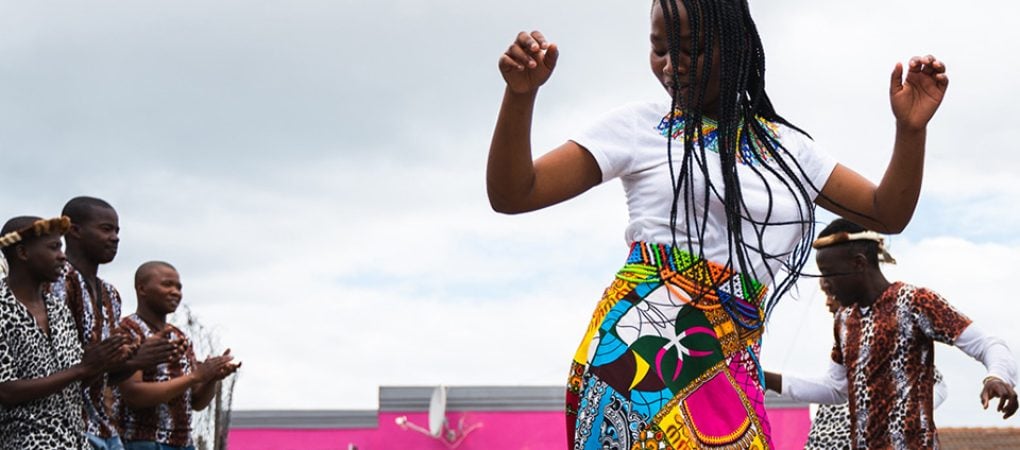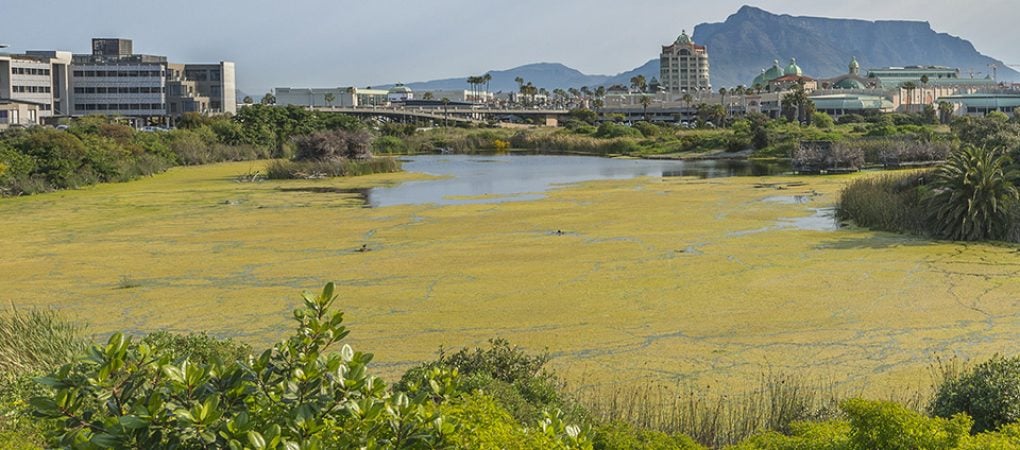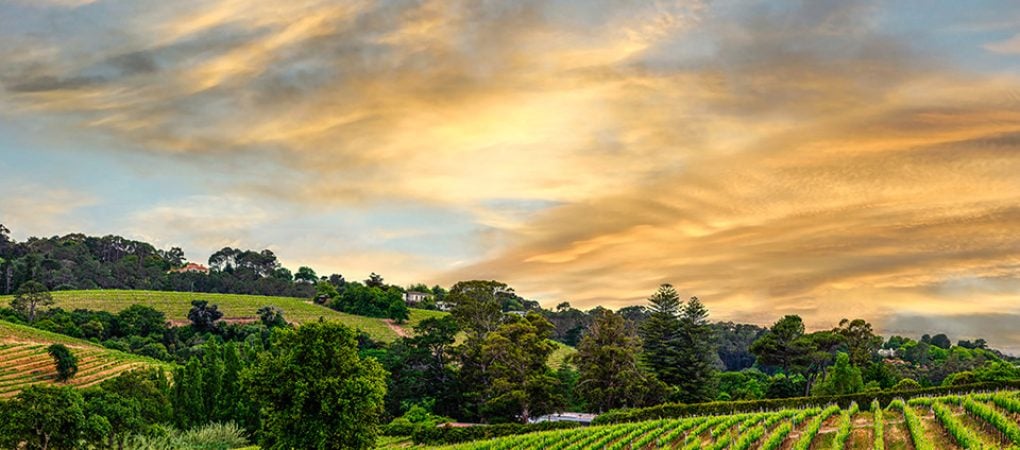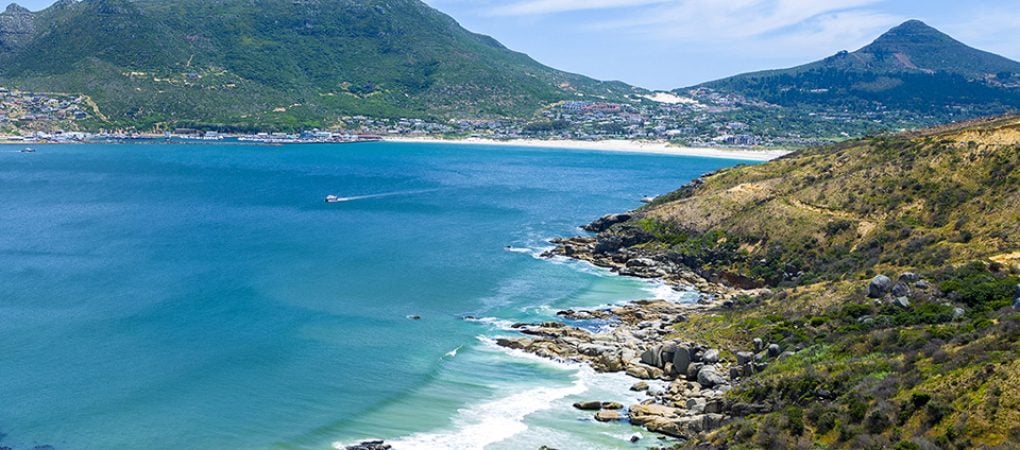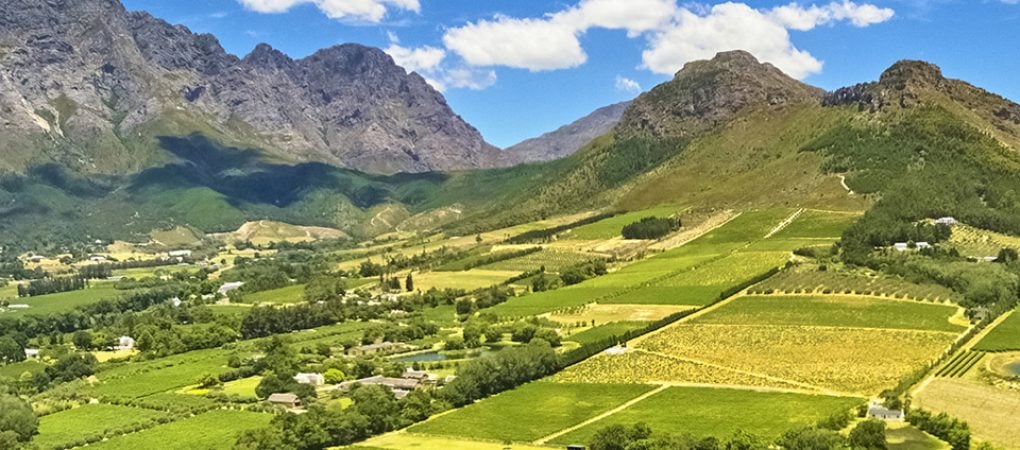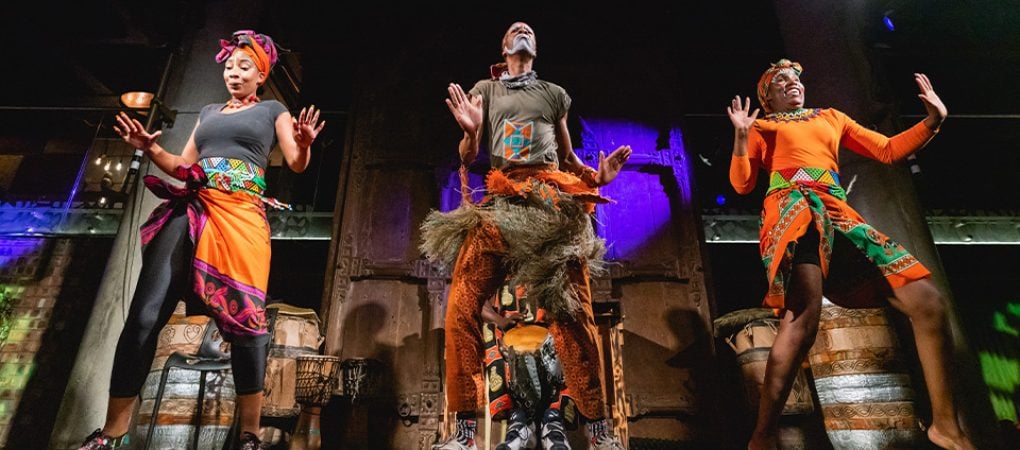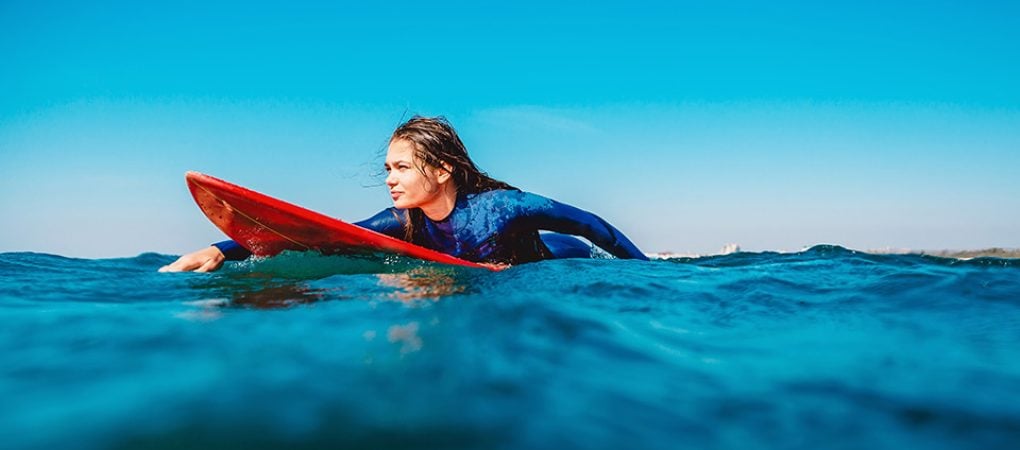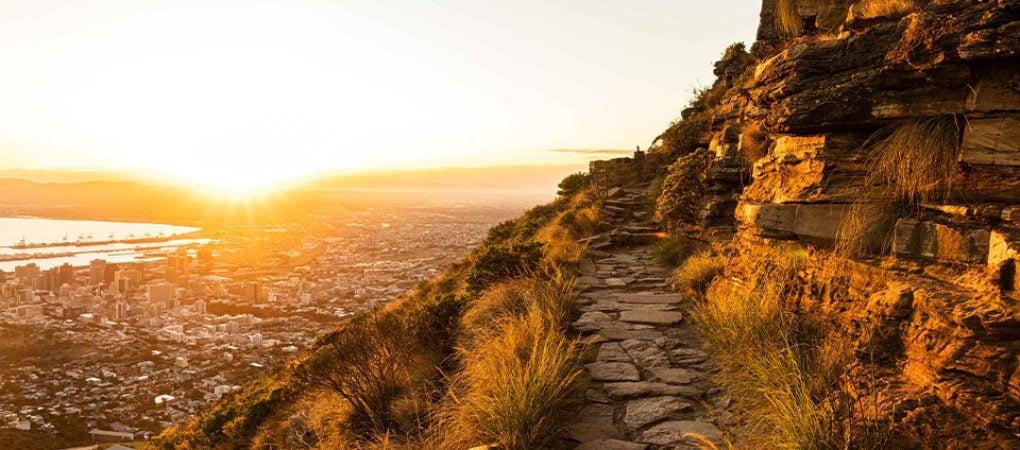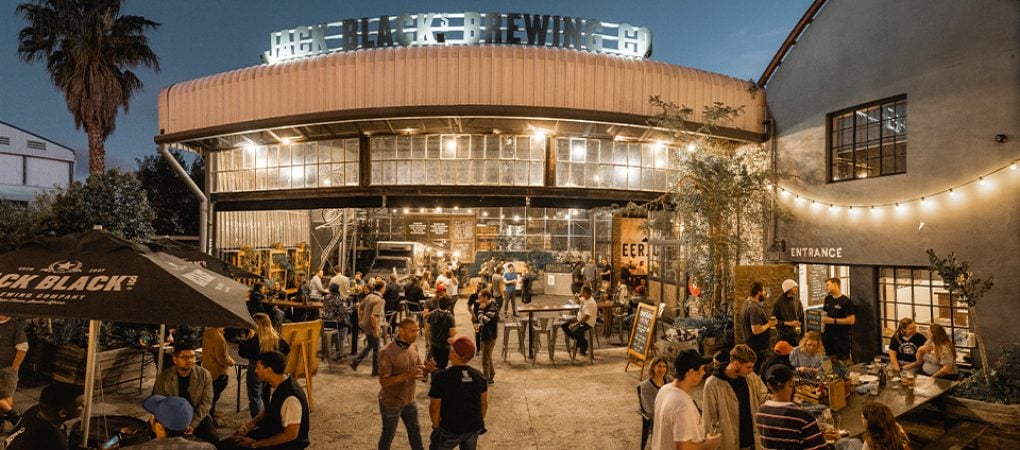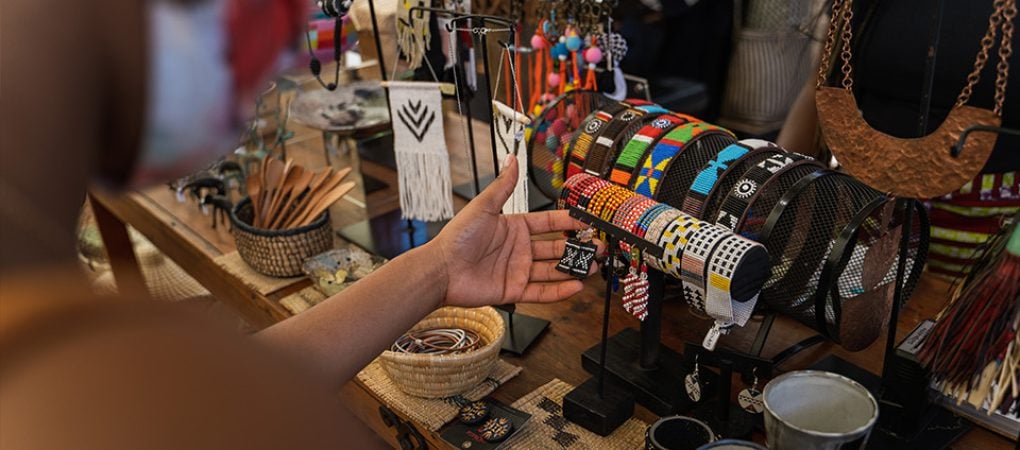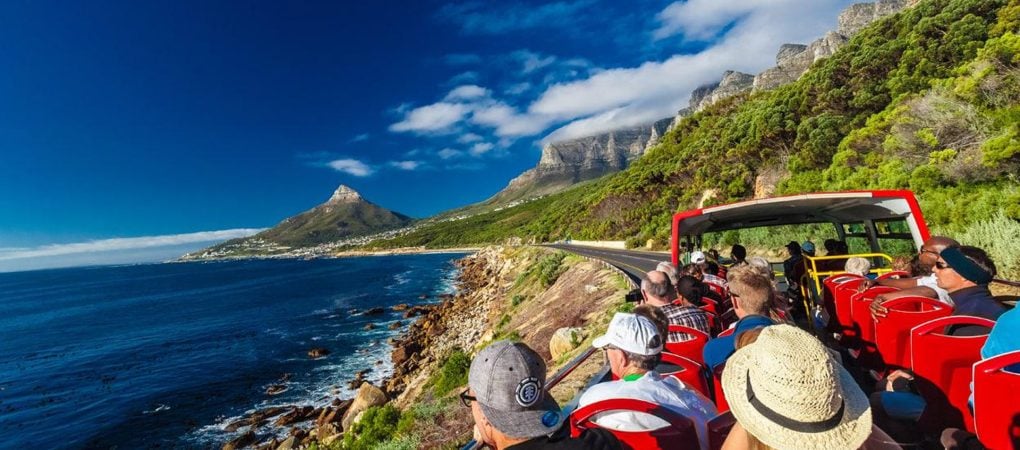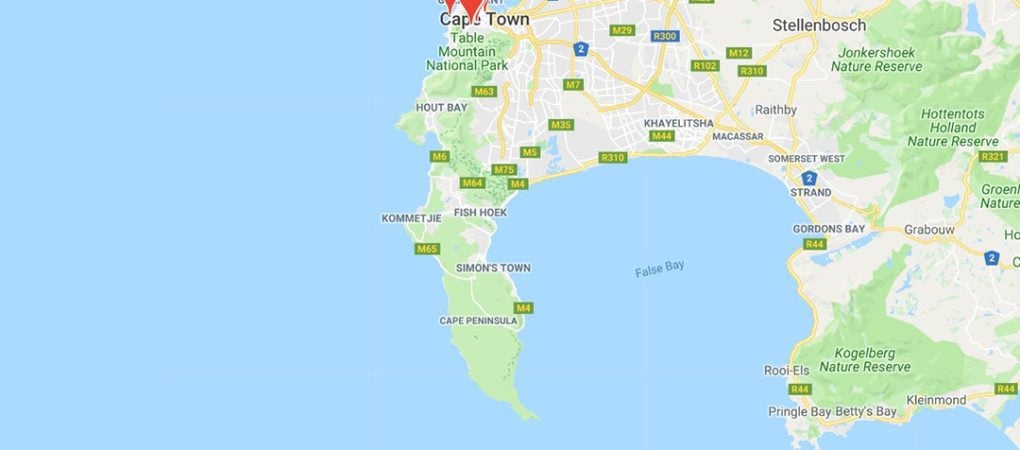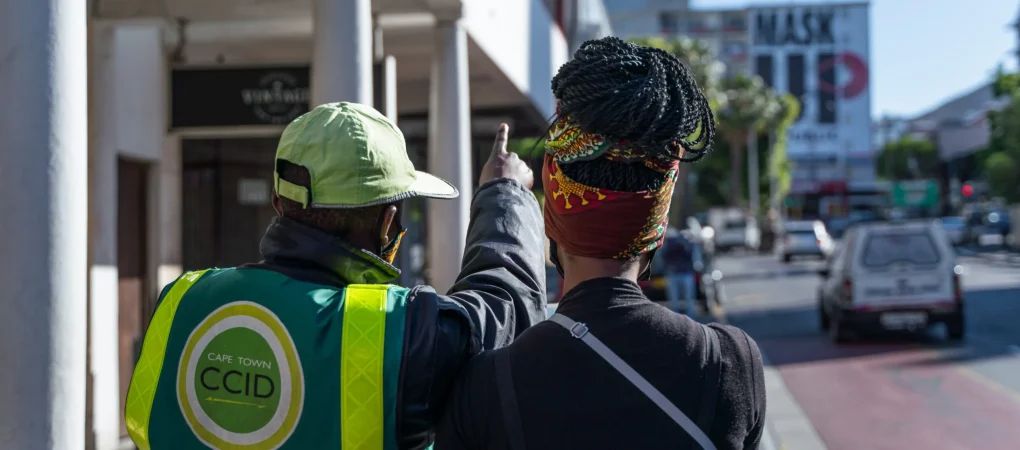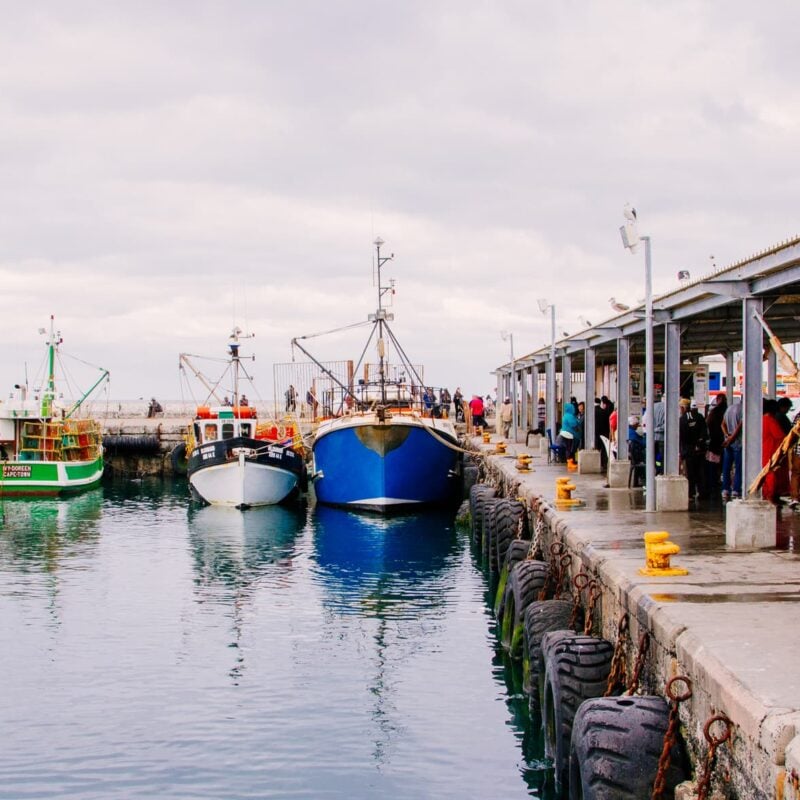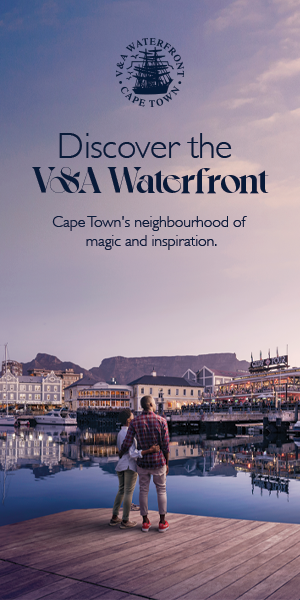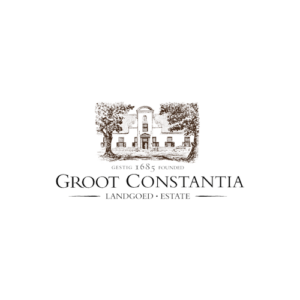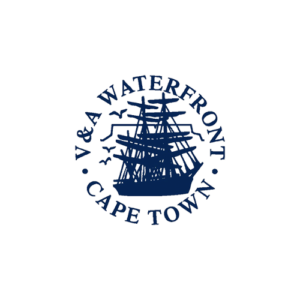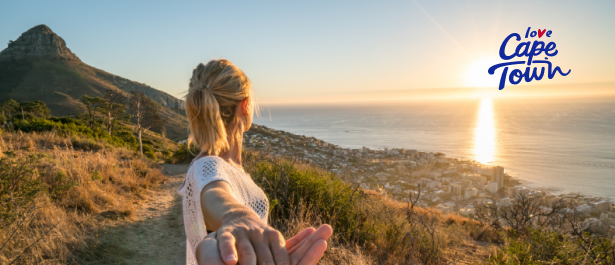We’re all looking forward to the day when we can welcome you to our shores. Until then, we want you to get to know Cape Town better. Take a closer look at our natural beauty, delve into our history, culture and attractions and start creating your bucket list for your next visit, after all – we are worth waiting for!
Kalk Bay Harbour
Kalk Bay harbour is one of the oldest working fishing harbours in the Cape Peninsula with the foundation stone having been laid in 1913. It is well known for its red and white lighthouse – situated at the tip of the bustling pier – is the perfect spot to capture amazing sunset photos. The harbour offers some of the freshest fish you will find and plays host to a number of great restaurants and pubs.
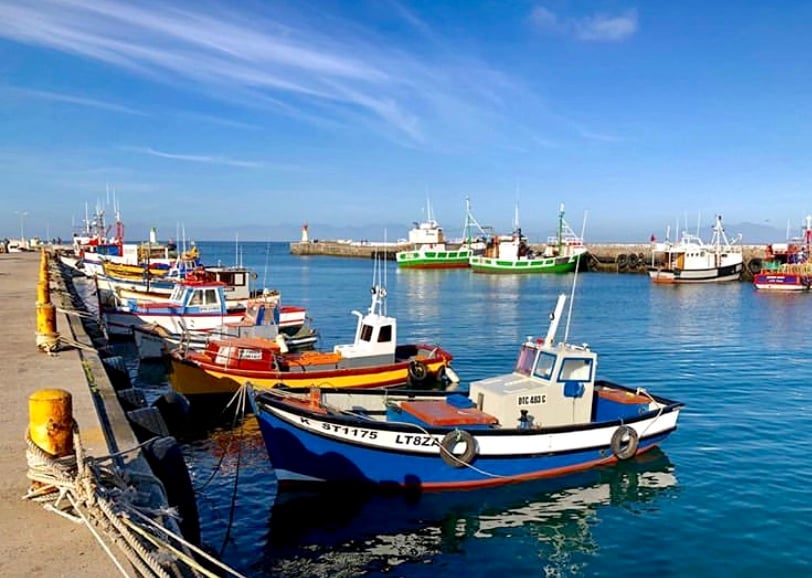
Castle of Good Hope
The Castle of Good Hope is the oldest surviving building in South Africa and has been at the centre of civilian, political and military life in the Cape. In 1664, Commander Zacharias Wagenaer was instructed by Commissioner Isbrand Goske to build a pentagonal fortress. The first stone was laid on 2 January 1666. The Castle was declared a historical monument in 1936 and is considered the best-preserved example of a 17th century architectural structure in the world.
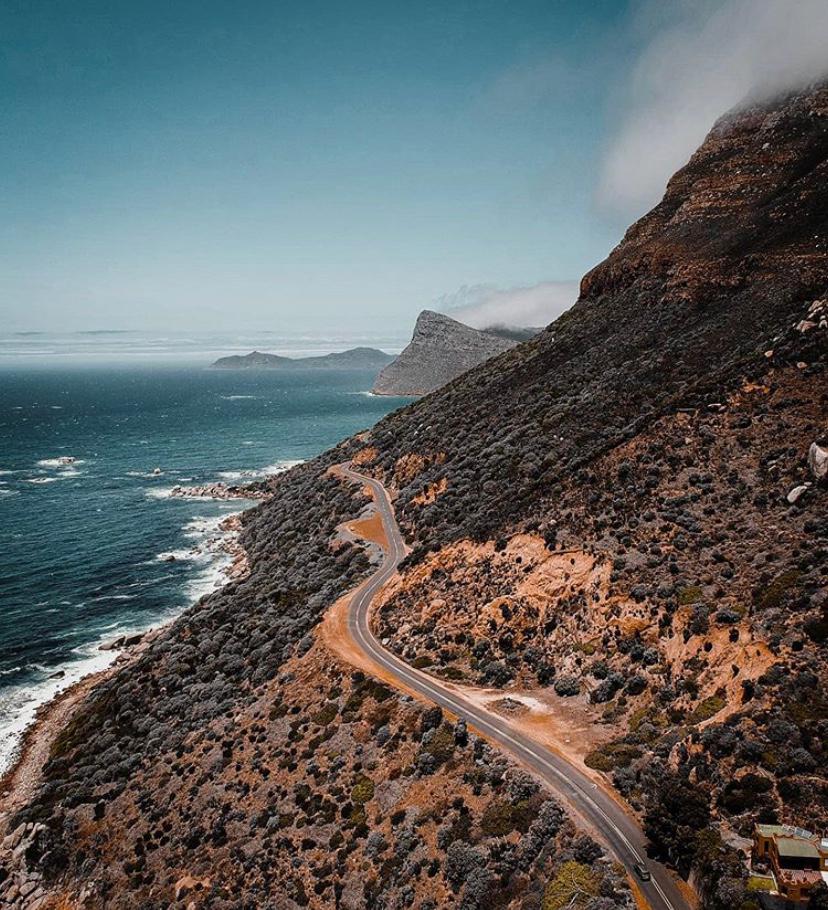
Cape Point
Portuguese explorer Bartolomeu Dias was the first to round the Cape Peninsula and sight ‘The Point’ in 1488. For sailors it was a navigational landmark by day and a menace in the fog filled night sky beset by violent storms that littered shipwrecks around the coastline over the centuries. In 1859 the first lighthouse was built. Cape Point falls within the southern section of Table Mountain National park. Rugged rocks and sheer cliffs towering more than 200 metres above the sea and cutting deep into the ocean, provide a spectacular background for the park’s rich biodiversity.
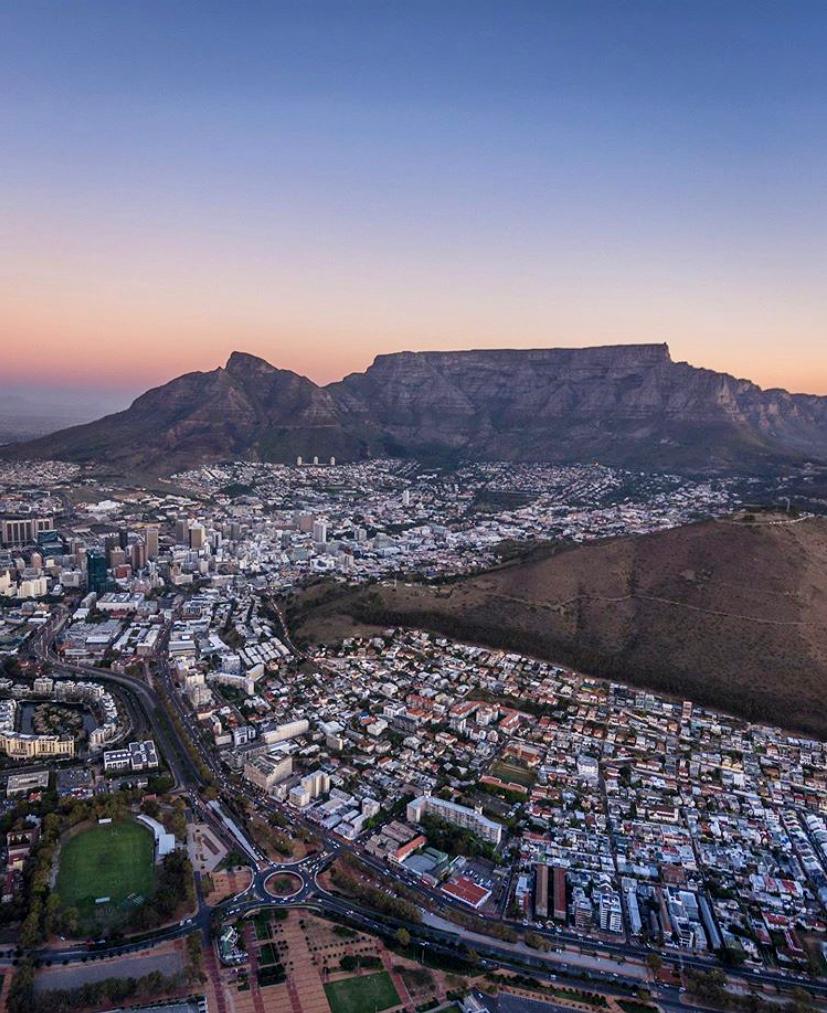
Kirstenbosch Botanical Gardens
The name Kirstenbosch first appeared in 1795, when it was listed on an inventory of property drawn up and handed over to the British Occupying forces. Botanist, Harold Pearson came to South Africa in 1903 to fill the newly established chair of Botany at the South African College. Ten years later Pearson set about transforming the land presently known as Kirstenbosch National Botanical Garden, into an area devoted to the country’s indigenous flora. Today, over 7000 species of plants from southern Africa can be found on the 528-hectare estate.
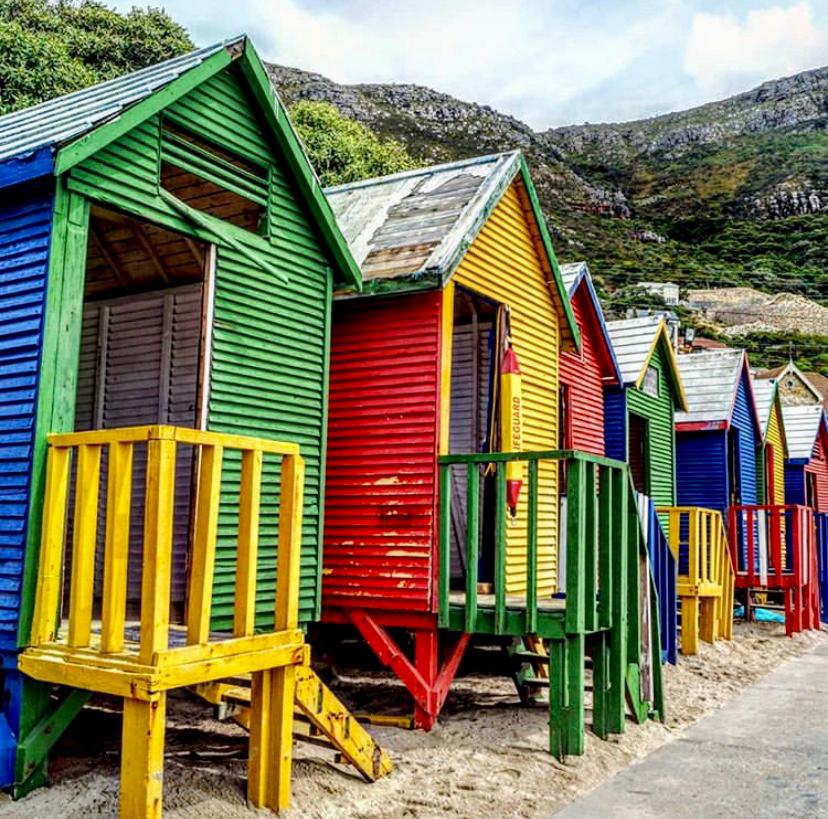
Dalebrook Tidal Pool – Kalk Bay
Set between the railway lines and ocean of Kalk Bay, the Dalebrook Tidal pool was built in 1907 by local citizens and then later extended in the 1960s. One of 4 tidal pools in the False Bay region, this shallow pool is a family-favourite as the water here is slightly warmer and the pool is mostly sheltered from the wind. Dalebrook Tidal pool is easily accessible to the public with a simple walk along the subway under the railway line.
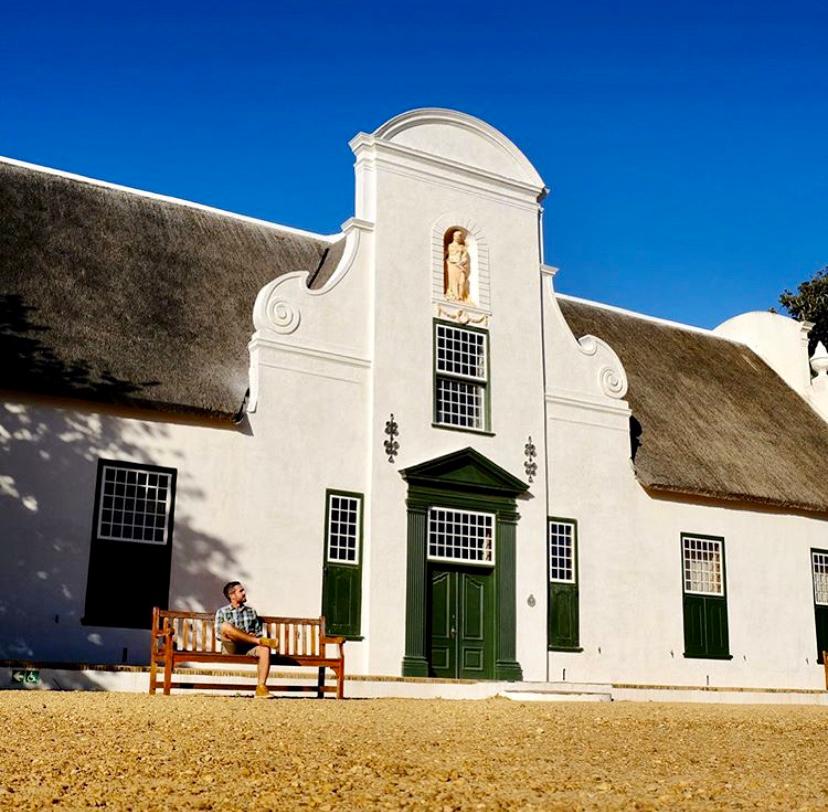
Skeleton Gorge Hiking Trail
The Skeleton Gorge hiking trail starts and ends in Kirstenbosch National Botanical gardens. The shaded route feels like you are in a jungle somewhere far-off. However, as you make your way closer to the top, you will start seeing some spectacular views that make the strenuous 6km (in total) trail well worth the climb.

Silvermine Nature Reserve
In 1998 the Silvermine Nature Reserve was declared part of the Table Mountain National Park, a protected conservation area. There are over 900 species of fynbos (a distinctive type of vegetation found in the coastal plains and mountains of the south western and southern Cape) to be found in the reserve, made up mainly of Proteas, Ericas and Restios. The reserve is popular during the warmer months for mountain biking, hiking, swimming and its beautiful picnic spots next to the dam.
